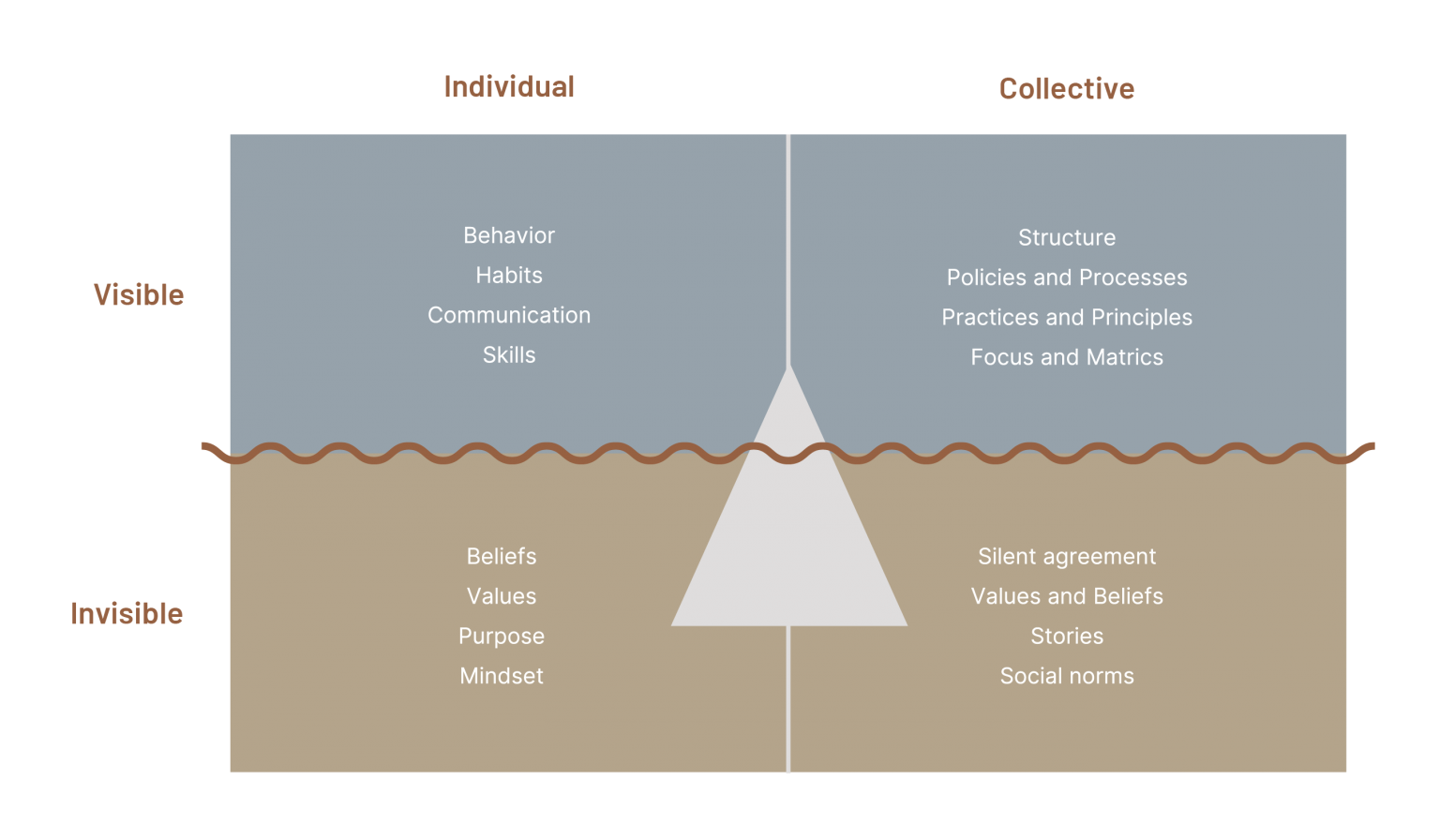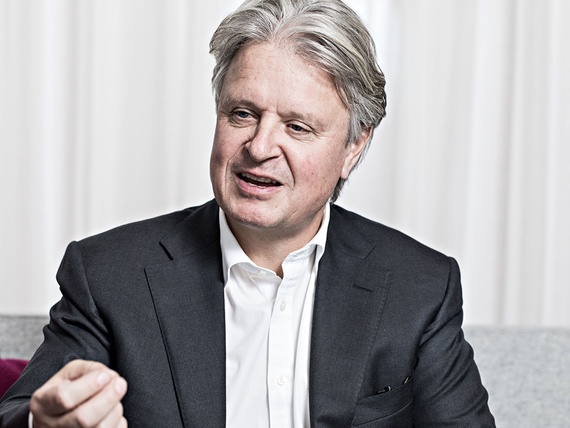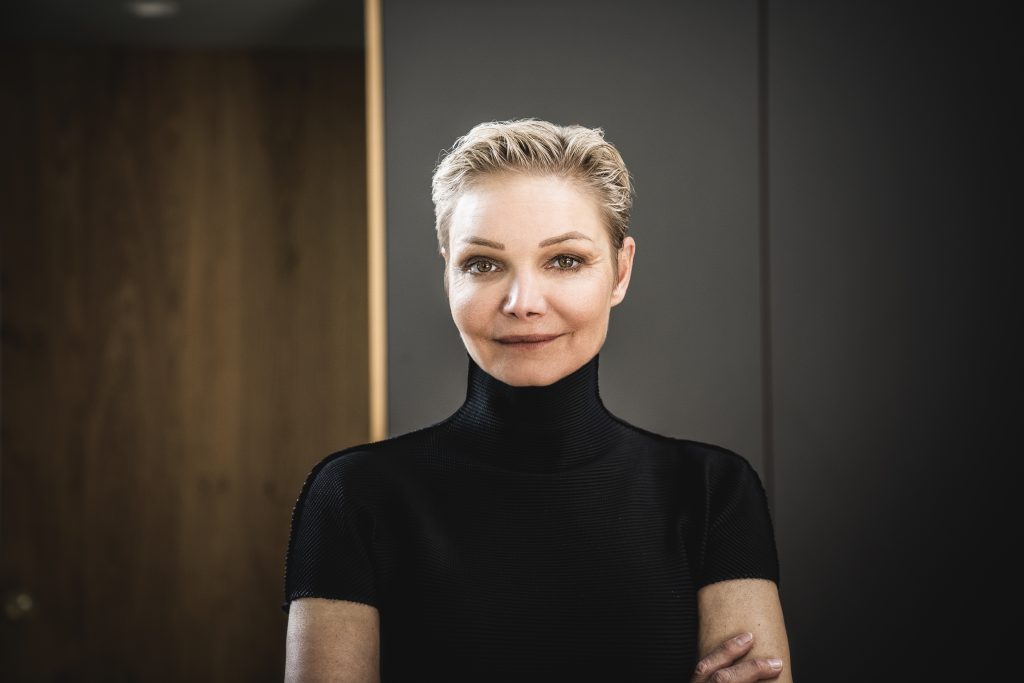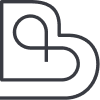The success of your business and transformation hinges on your, your team’s, and your organization’s ability to stay ahead – always ready to perform now and for what’s next. That ability is your Transformational Capacity. It’s the potential you have to turn wasteful behaviors into value creating actions. It enables you to catch-up with, and get ahead of the competition.
BreathingBusiness helps you assess the Transformational Capacity of individuals, teams, leaders, and the organization to identify current Capacity, desired levels, and measure the gap between them.
Do you and your people know what’s needed to take your business to the next level?
The Challenge
- and Opportunity
More than ever, companies are becoming attuned to the importance of soft skills and intangibles in business:
- In 1975, intangibles made up 17% of the top 5 companies’ total enterprise value – by 2018, that figure was up to 84% (Raconteur)
- Soft skill-intensive occupations will account for two-thirds of all jobs by 2030 (Deloitte)
- 93% of employers rated soft skills as either “essential” or “very important” (Wonderlic)
And yet, only one-third of executives claimed their companies were proficient at monitoring critical, non-financial indicators of corporate performance – let alone managing them effectively. (Deloitte)

A lot of your Transformational Capacity is built below the surface line working with values, beliefs, and mindset. Only when you make these dimensions visible and measurable, can you address it systematically.
By assessing Transformational Capacity at an individual, team, leadership, and/or organizational level, you gain insight into where there are strengths already creating value, and which areas are holding you and your organization back – both above and below the surface line.
With this insight, you can focus your efforts and investment into developing the critical areas for unlocking Transformational Capacity that will accelerate your transformation. By measuring the invisible and intangible, you can track progress and systematically close any competency gaps – after all: what gets measured gets done.
Want to learn how to become even better?
Our Assessments provide insight into your and your organization’s level of Transformational Capacity. The measurement aligns with our Ten Steps of Transformation, where each of the steps builds a critical Transformational Capacity that is sustained through practice in your daily work.
We provide assessments on 4 levels:
- Individual
- Leader
- Team
- Organization
There is another way...
We don’t believe in putting people in a box. Instead, we provide a snapshot of where you currently are, so you to know where to focus to create the most impact.
Regardless of level of assessment you choose, we support you through our Assess-Build-Sustain approach, inviting you to go beyond just awareness, to convert insights into impact.
What insight is needed to accelerate your transformation?
Where are you now, and where do you want to go?
With your new insights, how will you unlock more Transformational Capacity?
Case study
When waste becomes visible, things start to change…

Challenge
Despite emerging from the 2008 financial crisis relatively strong compared to many peers, a large Nordic organization struggled to reinvent themselves and really take advantage of the head start they had.
It was puzzling – the company was financially strong, had searched for all opportunities to lean out operations, and without a doubt employed some of the most competent people in their field.
It was only when the results of an organizational culture assessment came back did things really start to make sense. Based on the input from people across the organization, the assessment identified the gap between the perceived culture at the time against the desired culture – and also exposed the elements in the culture that people experienced that were potentially tying up energy in the organization, away from value creation for the business and stakeholders.
The assessment showed that more than 30 percent of energy that people used at work channeled into behaviors and actions that were not creating value. A third of the total capacity of the organization was potentially being wasted.
It made sense that despite feeling like they were working very hard, the impact realized didn’t seem to match up.
Opportunity
When the executive team together looked at the results, it both surprised them and gave them a sense of relief. Whilst worrying that a third of the organization’s capacity potentially was wasted – there was finally an answer as to what was most likely holding back the organization. Why so much effort was put in – and so little was turned into real impact. And when they knew that they could do something about it.
By uncovering the beliefs that reinforced the culture, those beliefs could be challenged and shifted – to more value-creating beliefs and mindset. The numbers also called for the executive team and senior leaders to also look upon themselves and their behaviors All realized that they too had played a significant role in generating the 34% of potential waste, and they had a responsibility to change.
The assessment in itself was not a silver bullet for solving the complex challenges that the company faced – but by making the intangible dimension of culture and mindset visible, it gave the leaders the awareness that the organization had tremendous potential yet to unlock if they could shift from creating waste to creating value.


